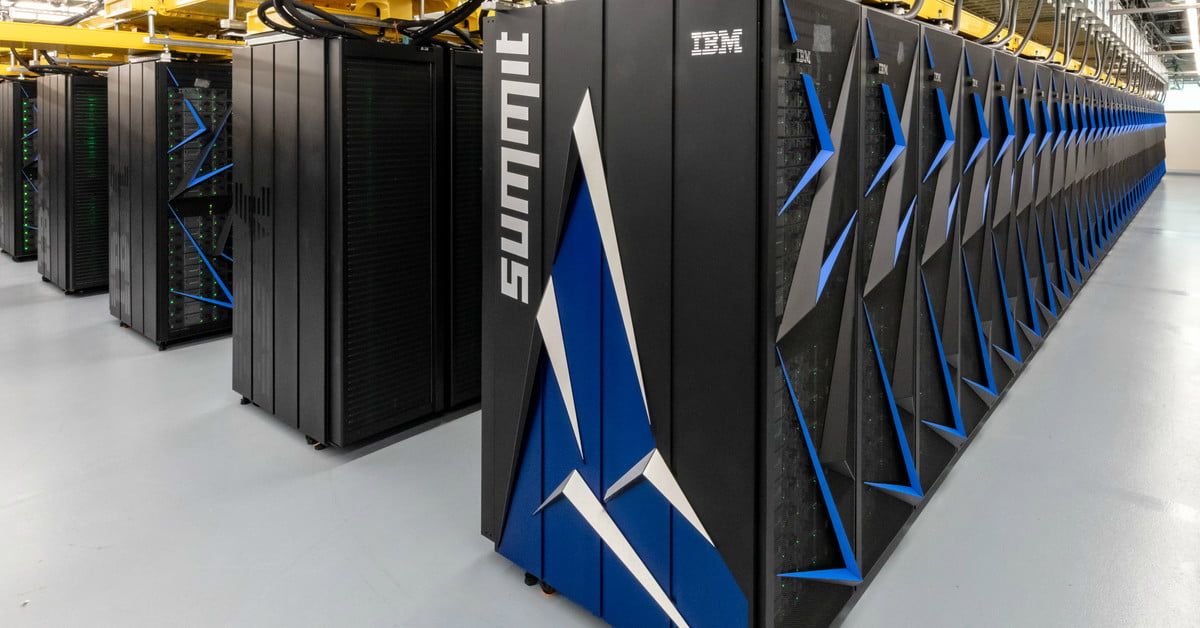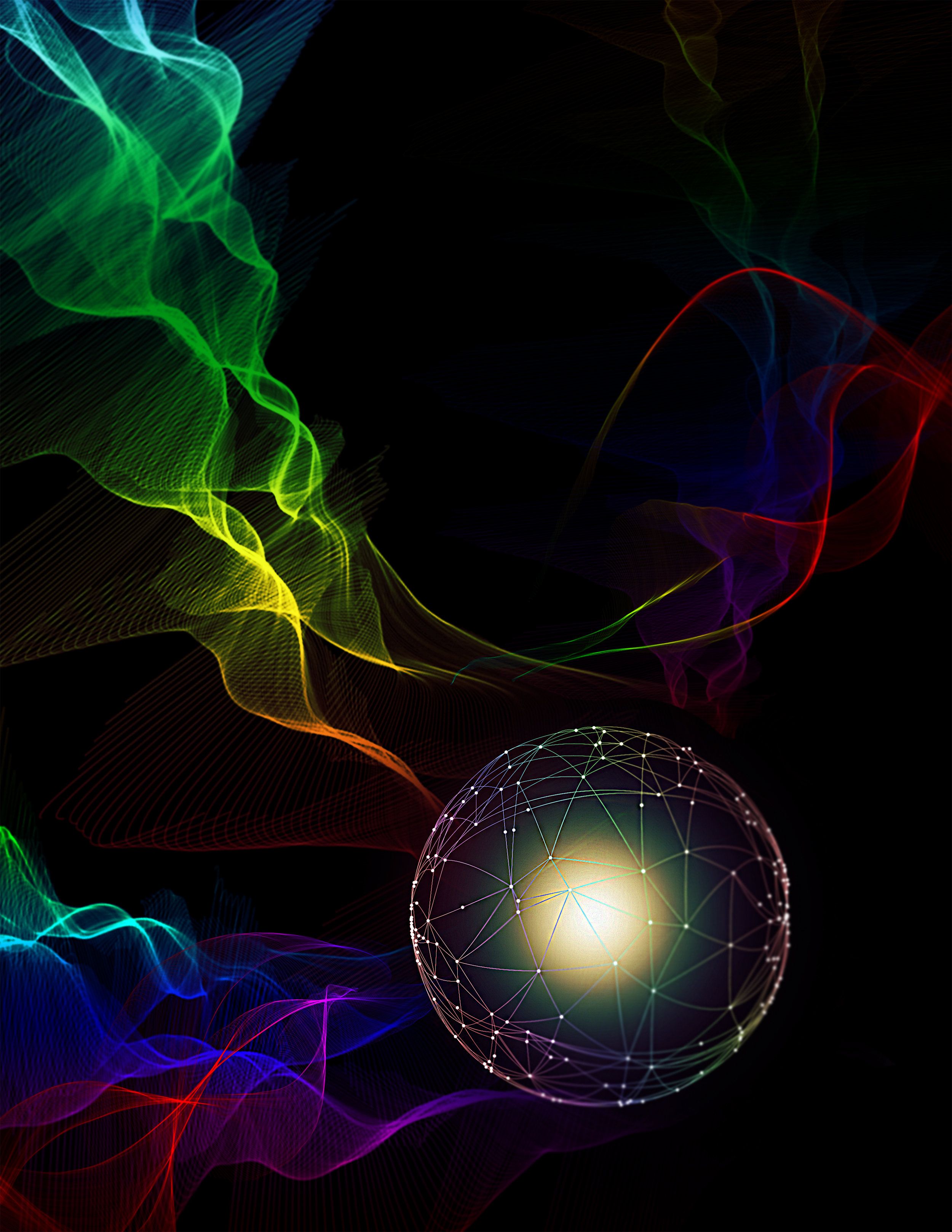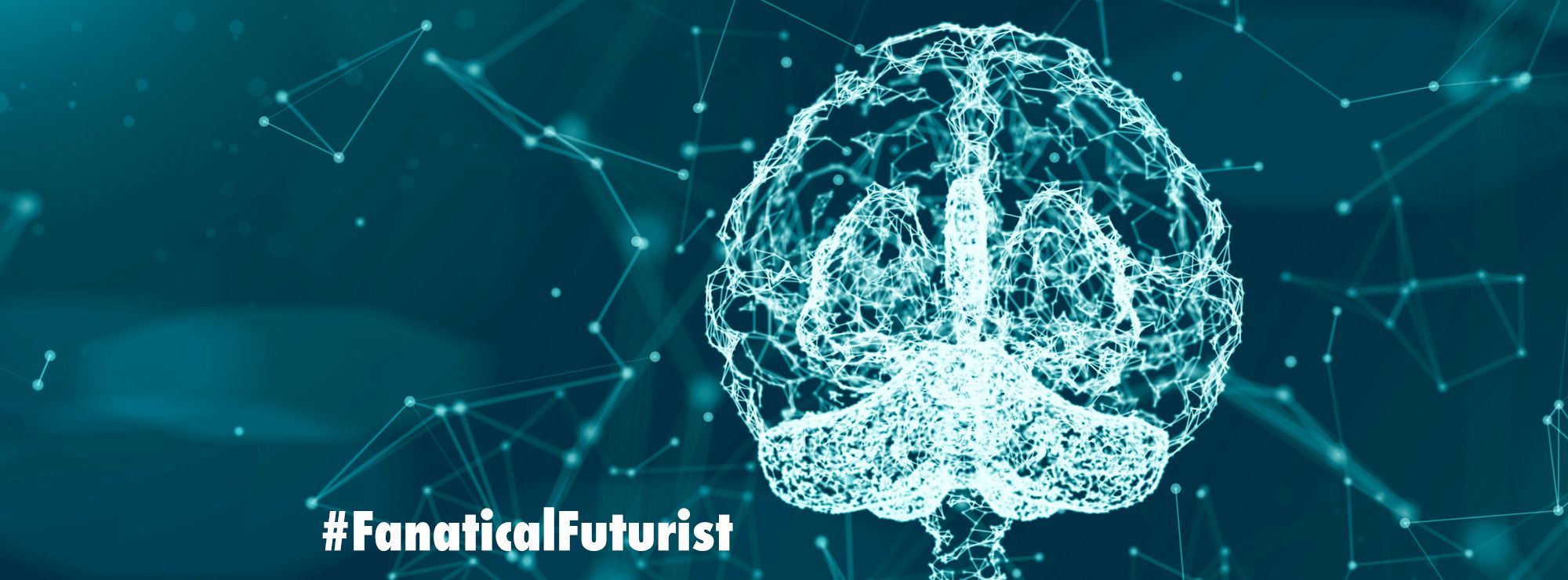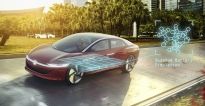IBM and the Department of Energy’s Oak Ridge National Laboratory have revealed the world’s “most powerful and smartest scientific supercomputer.” Known as Summit, IBM says that its new computer will be capable of processing 200,000 quadrillion calculations per second. To put that into perspective, if every person on Earth did a single calculation per second, it would take 305 days to do what Summit does in a single second. Assuming those numbers are accurate, that would make Summit the world’s fastest supercomputer. It would also mark the first time since 2012 that a U.S. computer held that title.
Summit has been in the works for several years now and features some truly impressive specs. According to Tech Crunch, the computer will feature 4,608 compute servers, 22 IBM Power9 chips and six Nvidia Tesla V100 GPUs each. In addition, the machine will feature more than 10 petabytes of memory. As the Nvidia GPUs attest, this machine will be primarily used for the development of artificial intelligence and machine learning. In addition to the work on A.I., Summit will also be used for research into energy and other scientific endeavors at Oak Ridge.
IBM was the Department of Energy’s general contractor for the Summit project, but it also had the help of several other partners within the tech industry. The GPUs were provided by Nvidia, which remains one of the leaders in cutting-edge GPU development. Mellanox and Redhat were also brought on to work on the development of Summit.








